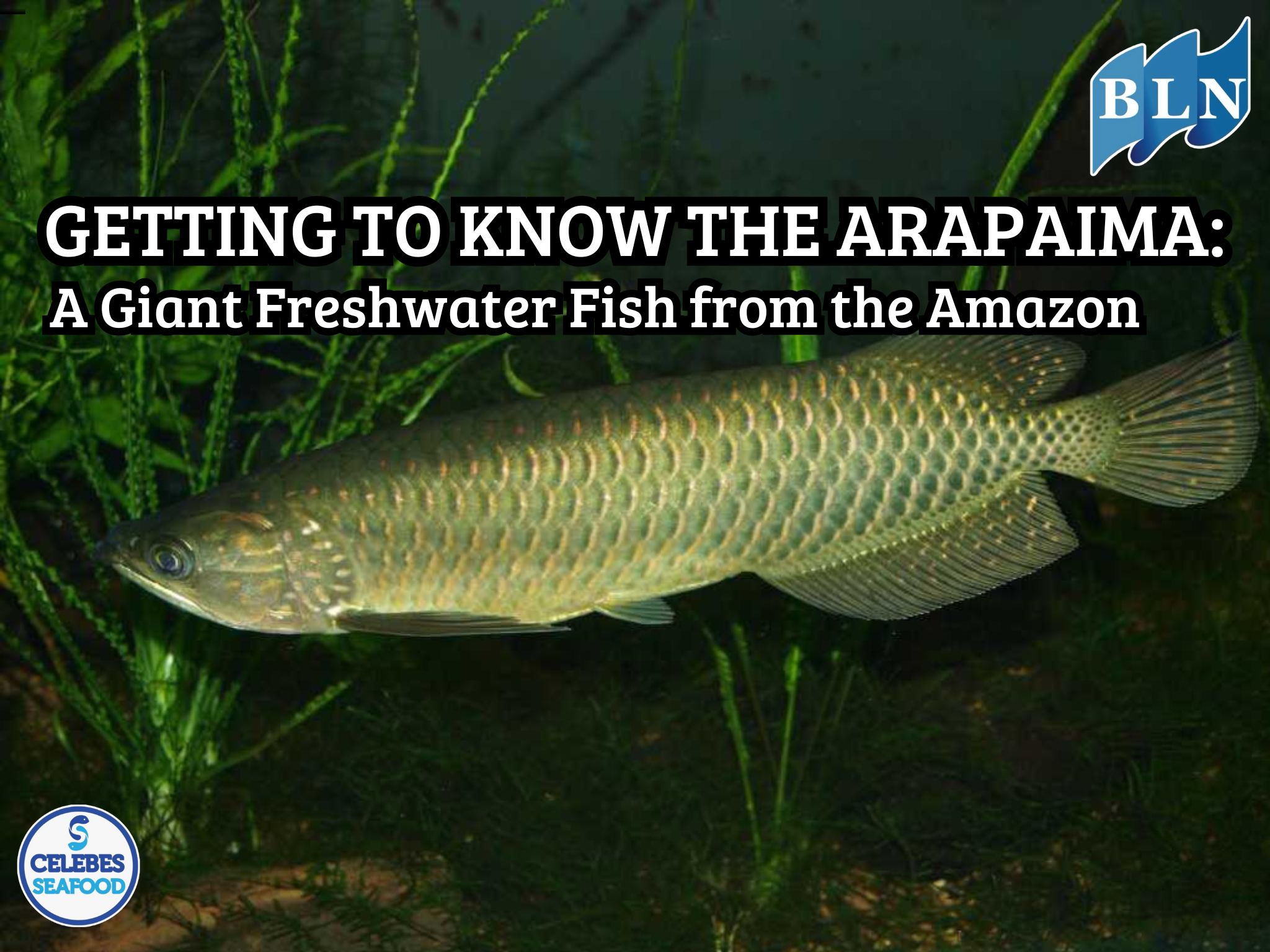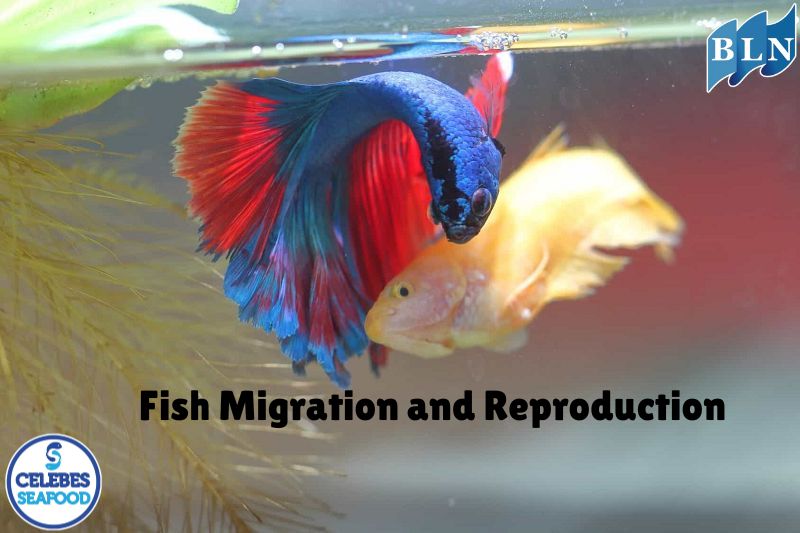Getting to Know the Arapaima: A Giant Freshwater Fish from the Amazon
By. Rani - 29 Apr 2025
lautnusantara.com The Arapaima (Arapaima gigas) is one of the largest freshwater fish in the world, native to the tropical waters of the Amazon and Essequibo Rivers in South America. It has several local names such as pirarucu (in Brazil) and paiche (in Peru).
Here is some explanation about the Arapaima fish:
Physical Characteristics:
- Giant Size: Arapaima can grow to be very large, reaching lengths of 3 meters or more and weighing up to 200 kg. However, individuals larger than 2 meters are now rarely found due to overfishing.
- Body Shape: Its body is wide, streamlined, and torpedo-shaped with a tapered head and an upturned mouth.
- Color: Its body color varies from greenish-grey to golden, with orange spots along its body. The tail is red or pinkish-red, especially in adult individuals.
- Scales: Its scales are large and hard, serving as protection from predators. The scales can reach up to 10 cm in size.
- Breathing Adaptation: Arapaima has a unique ability to breathe air through a modified air bladder that functions like a lung. This adaptation allows it to survive in waters with low oxygen levels. They need to surface periodically to take in air
Read to : Fascinating Facts About the Life of Crustaceans
Habitat and Distribution:
- The native habitat of the Arapaima is in the large rivers, floodplain lakes, and swamps of the Amazon basin (Brazil, Peru, Ecuador, Colombia, Guyana) and the Essequibo River.
- They prefer calm waters with temperatures between 25-29°C and a pH of 6.0-6.5.
- Arapaima has been introduced to several regions outside its native habitat, including Indonesia, northern Australia, and Papua New Guinea. In some places, such as Indonesia, they are considered an invasive species that can threaten local ecosystems due to their predatory nature.
Diet:
- Arapaima are carnivores. Their main diet consists of smaller fish, crustaceans, mollusks, and insects.
- They are also known as voracious predators that can prey on birds, lizards, and even small primates.
- When young (fry), they feed on plankton and then switch to insects. Juveniles eat small fish and microcrustaceans.
Reproduction:
- Arapaima build nests on the bottom of shallow waters, usually in sandy areas without vegetation. The nests have a diameter of about 50 cm and a depth of 15-20 cm.
- The breeding season usually occurs when the water level of the Amazon River recedes, which is around February to April.
- The male fish guards the eggs and young for about a month, even helping to aerate the water for its offspring.
Conservation Status:
- Arapaima populations in their native habitat have drastically declined due to overfishing and habitat loss.
- They are listed in Appendix II of CITES (Convention on International Trade in Endangered Species of Wild Fauna and Flora), 1 which regulates the international trade 2 of this species.
- In Brazil, the commercial wild capture of Arapaima is prohibited, but aquaculture in ponds and artificial lakes shows promising results.
Ecological and Economic Roles:
- In their native ecosystem, Arapaima serve as apex predators.
- They are an important food source for local communities. Their meat is highly valued.
- Their large scales are also used for crafts and jewelry, while their bony tongues are used as scrapers.
- Arapaima are also popular among aquarium enthusiasts and are often kept in public aquariums.
Other Interesting Facts:
- Arapaima are considered "living fossils" due to their ancient morphology.
- They can survive out of water for up to 24 hours as long as their gills remain moist.
- When taking air at the surface, they make a distinctive sound that can be heard from a distance.
The once abundant Arapaima in the Amazon is now threatened, so conservation efforts and sustainable fisheries management are crucial to ensure the survival of this giant fish species.
If you are interested in our product SLIPPER LOBSTER WHOLE ROUND, SLIPPER LOBSTER MEAT, Coral Trout Fillet Skin On,OCTOPUS WHOLE CLEANED FLOWER TYPE please do not hesitate to contact us through email and/or whatsapp







